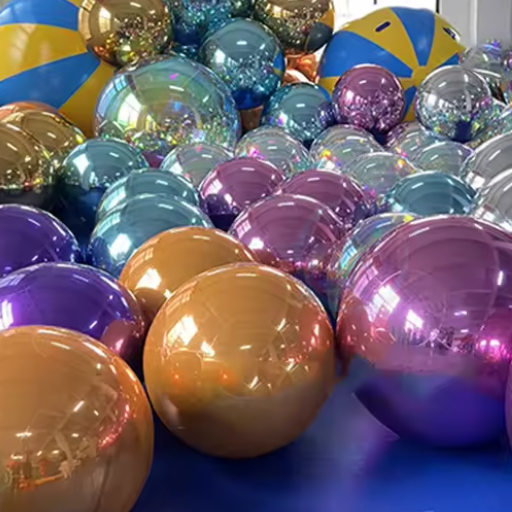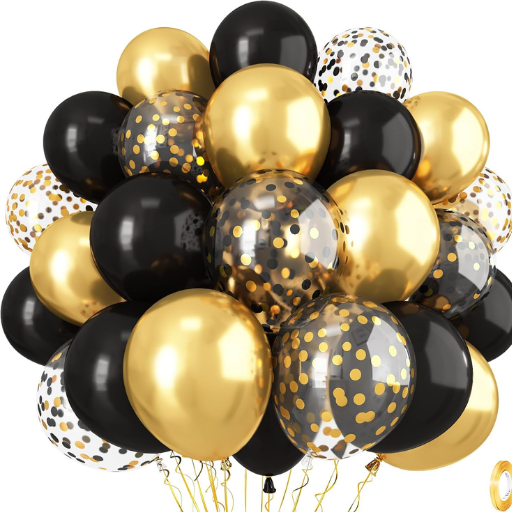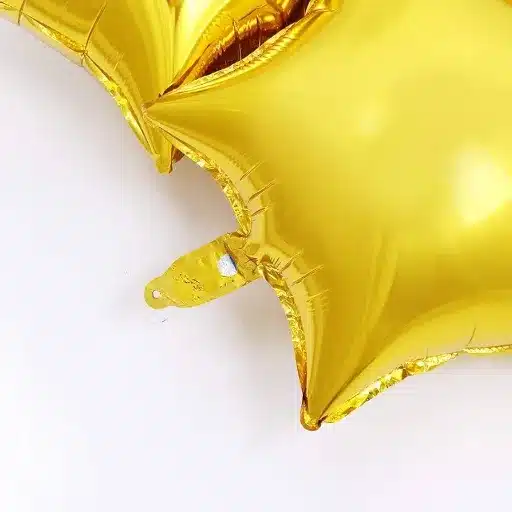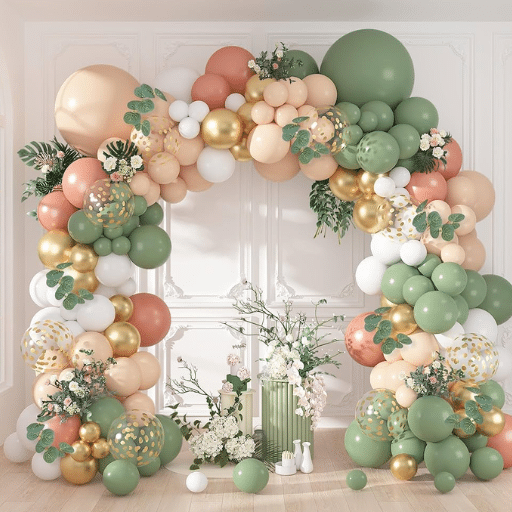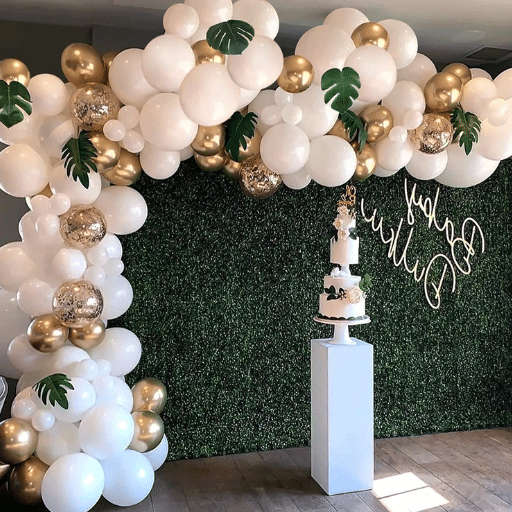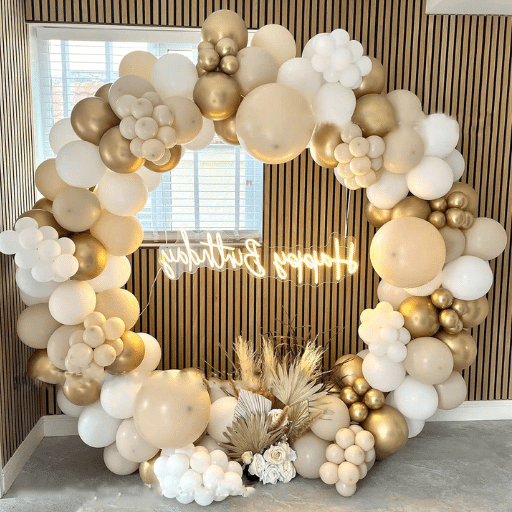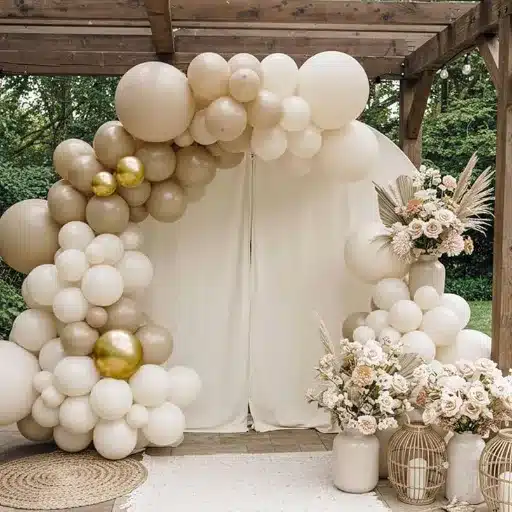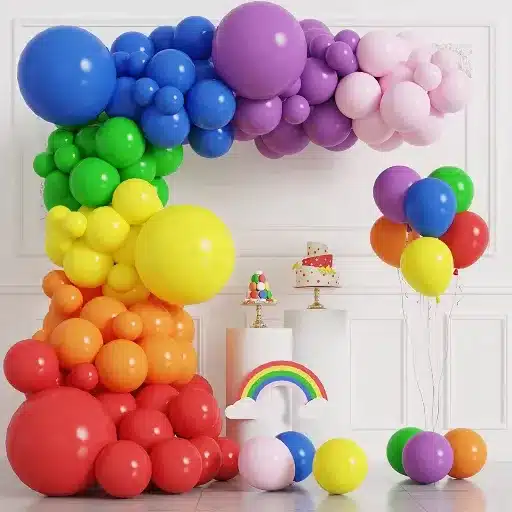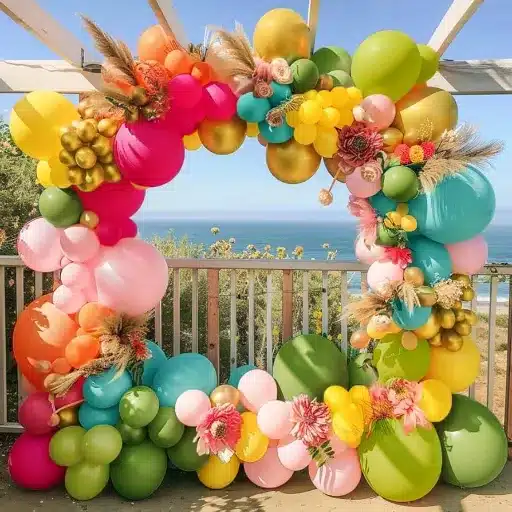Foil balloons are a great choice to manifest fun and colors in celebrating special occasions, but what happens after the party? Rather than throwing them away, Mylar balloons can be deflated and reused for future events which will not only save money but also the environment. This guide will provide you with simple and effective ways to deflate and store your foil balloons properly so that they remain in perfect condition for the next time. Eco-friendly party solutions or just making the most of your decorations, this article has all the tips and tricks to help you get started.
Mylar Balloons: An Introduction
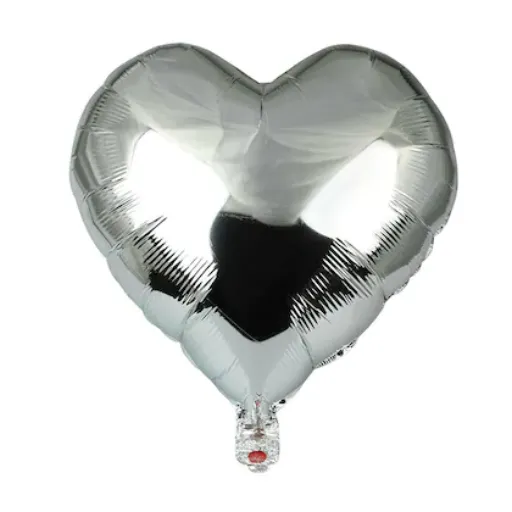
The first thing I do is to deflate my Mylar balloons gently and keep them laid out in a cool and dry area for storage. This is a win-win situation where I not just save money but also help in waste reduction by making them available for reuse in future celebrations.
What Are Mylar Balloons?
Mylar balloons that are known as foil balloons, are composed of a very thin, stretch-resistant material called biaxially-oriented polyethylene terephthalate (BoPET), which has a thin layer of metal, usually aluminum, deposited on it. The combination of these properties yields their bright and reflective appearance, which has made them a favorite choice among people celebrating and holding events. Mylar balloons, in contrast to latex balloons, are hardly permeable and thus, can hold helium or air for an extended period, so they typically stay inflated for a week or even longer.
The making of Mylar balloons involves the multi-layering of plastic and metallic films, which not only makes them robust but also apt for printing such complex designs, messages, or themes. A recent survey indicates that Mylar balloons represent roughly ten percent of the total balloon market, which has an annual worth of more than $600 million. Their personalization and sophistication have made them particularly popular for birthdays, anniversaries, and corporate events.
The Lift of Helium Balloons
Helium balloons have turned out to be one of the most popular choices in the last few decades mainly due to their balloon-like properties that float and thus make the occasions more magical. As can be seen from the latest search trends, the related helium balloon searches have not only been “helium balloon decoration” but also “helium balloon delivery” have shown a consistent increase especially around holidays and special occasions like birthdays, weddings, and anniversaries. One such example is that the keyword “nearby helium balloons” often experiences a hefty rise during holiday times, with a 20% increase noted in the last quarter compared to the same time in the preceding years.
The variety of designs and themes that helium balloons embody is among the major factors for this increase. Helium balloons can take a myriad of shapes ranging from big letters and numbers to delicate hearts and stars thus appealing to the entire gamut of preferences and celebrations. They are generally employed in making brilliant balloon arches, delightful photo backdrops, or beautiful centerpiece arrangements for parties.
Environmental Influence of Mylar Balloons
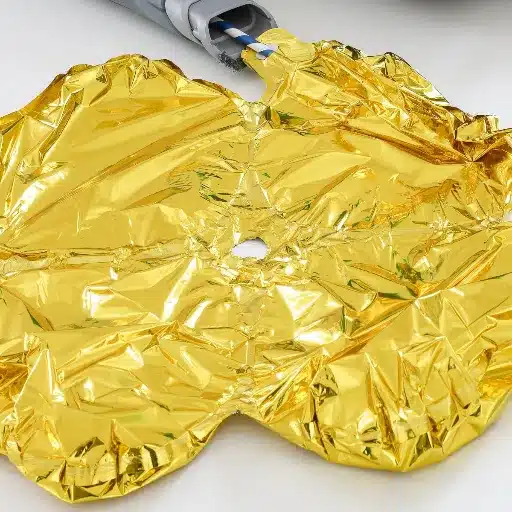
Mylar balloons, though stunning and multifunctional, cause a major ecological impact. The fact that they are produced using non-biodegradable substances is one of the reasons they are so harmful to the environment. In short, even if they are not thrown away in a litter heap, they will still take a long time to decompose, the process of which can kill some animals. To lessen this impact, I always try to use eco-friendly methods or at least ensure proper disposal of the balloons whenever possible.
Concerns Over Waste and Pollution
The environmental effects of helium and foil (Mylar) balloons have turned into a major concern mainly due to the waste and pollution these items can cause. If these balloons are not disposed of properly, they will be a major threat to wildlife and nature. Take for instance the case of marine creatures that often confuse deflated balloons and their threads with food. Unfortunately, this results in the animals suffering injuries or dying because of ingestion. Researches reveal that about 71% of seabirds and 30% of turtles eat balloon remains thinking they are food.
Beside that, Mylar balloons are another plastic that will never be gone from the environment for hundreds of years. They most likely will be taken to landfills or rivers, thus, increasing the mass of plastic in nature. Recently, a coast clean-up in a year across the U. S. found such a huge number of balloon pieces and balloons (33,000) showing that it is indeed difficult to deal with balloon litter since it persists in nature.
Why Foil Balloons Should be Reused
There are various environmental and economic benefits that come from reusing foil balloons and such benefits are to be counted among the solutions to the problem of resource depletion and pollution which is a global concern. Foil balloons, which are mostly made of Mylar, are strong and can withstand multiple inflations, which makes them less of a single-use balloon. By prolonging the life of these decorations, it is effectively reducing the need for new helium, which is a non-renewable resource, thus, enabling preservation of critical application areas such as medical imaging and scientific research.
also, balloon reuse greatly diminishes waste. Recent studies on environment have estimated that every year in the U. S approximately more than 33 million pounds of balloon waste gets to landfills, a sizeable portion of which takes decades to decompose. This is another reason why people should opt for reusing as their choice – it not only helps in minimizing the waste or reducing the impact on eco-systems, balloons are a latent threat to the wildlife if not disposed of properly, thus impacting the ecosystem.
Ways to Deflate and Reuse Mylar Balloons
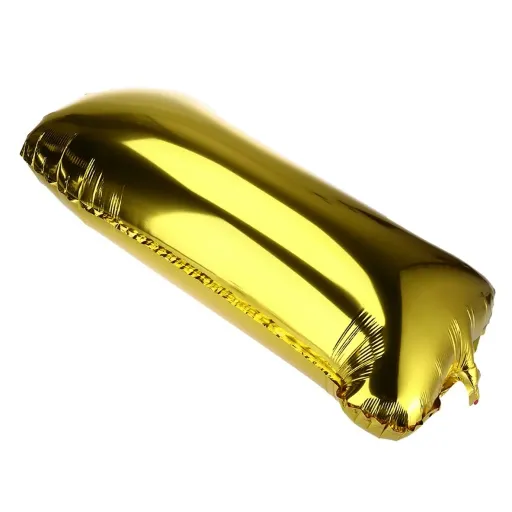
Mylar balloons can be deflated and reused by me through a meticulous process of air extraction via a straw or a similar gadget introduced at the valve. After folding the balloon, I keep it in a dry, cool place for future application. This easy peasy balloon process reduces waste and allows me to get more bang per balloon.
Creative Ways to Reuse Foil Balloons
1. Gift Wrapping
Foil balloons can be the prettiest and the brightest wrapping paper, especially for the smallest and the medium-sized gifts. If they are cut and flattened first, you have a one-off and remarkable wrap for presents. Reusing these materials has the potential to significantly contribute to the cutting down of the 4.6 million pounds of the annual wrapping paper waste migrating to the landfills in the U. S. as stated by Earth911.
2. DIY Party Décor
Gold and silver balloons can be kept and transformed into festive décor. Shaping them into stars, hearts, or letters and then linking them as garlands or banners is a very nice way to add glitter and at the same time save money for less decorations.
3. Home Insulation Projects
It is possible to use old Mylar balloons for minor warmth-retaining projects because Mylar is heat-reflective. For instance, they can be put in a doghouse or other small areas to keep the heat inside during winter months.
Common Mistakes to Avoid When Reusing Balloons
1. Improper Storage
Balloons that are not stored properly will soon turn into unusable ones, damaged with wrinkles, tears, or loss of shine. To prevent this scenario, balloons must be thoroughly deflated, neatly folded, and hidden away in a cool, dry place free from direct sunlight and sharp objects. A very good practice according to the environmental tips is to keep the balloons in an area with the least heat and moisture since these two factors are the material’s greatest enemies and thus shortening its life.
2. Using Balloons Beyond Their Usable Lifespan
Even in the case of the more enduring foil balloons, their life span is not infinite and even more so, the life span of balloons is reduced with every time they are inflated. Trying to infringe on the usage of a balloon that already has signs of wear or that the seams have weakened can lead a person to experience leaks or tears when the balloon is being inflated. Studies reveal that foil balloons maintain their integrity for 3-5 uses under proper handling.
3. Over-Inflating
A balloon over-inflated after being used, is the most common mistake that makes it either get stretched or burst. You should always inflate balloons slowly and never fill to the brim. Studies recommend leaving about 10-15% of the balloon’s inflation capacity empty to avoid putting the material through unnecessary stress and wear during reuse.
Expert Opinions on Reusing Mylar Balloons
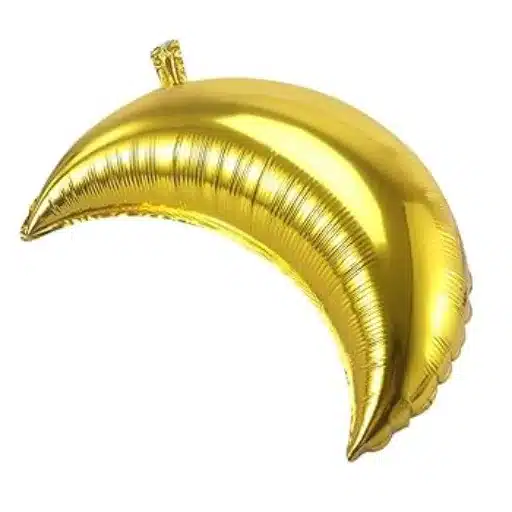
I believe that reuse of Mylar balloons is one of the best ways to cut down on waste and save on cost, if only they are taken care of properly. It is possible to prolong the use of balloons and have many occasions with no quality loss if only the balloons are not over-inflation, kept properly, and examined for damage.
Insights from Party Supply Professionals
Party supply professionals underline the ability of Mylar balloons to last a long time along with their versatility, making them the most preferred choice for eco-friendly celebrations. The findings of a recent industry survey reveal that about two-thirds of party planners still recommend Mylar balloons for several occasions because of their durability and ability to hold helium for long periods—often up to a week or more with perfect storage. Besides that, many professionals also advocate the idea of using Mylar balloons more by not only deflating them but also folding them carefully which can minimize the amount of waste considerably.
Besides, Mylar balloons can be imaginatively turned into decorative pieces. For example, some event designers cut and reuse the foil material to make shimmering backdrops, table runners, or personalized banners. Trend analysis indicates that there has been a significant increase in the number of DIY tutorials being posted on platforms like Pinterest, with the “Mylar balloon crafts” keyword experiencing a 25% rise in search volume over the last one year.
Environmentalists Weigh in on Balloon Reuse
The environmental advocates are pointing out that one of the ways that non-biodegradable waste is dealt with is through the reuse of materials like Mylar balloons. A report published by the Environmental Protection Agency (EPA) states that every year, over 380 million tons of plastic are produced worldwide, with a considerable part of it being responsible for the pollution of the environment. The total number of Mylar balloons sold worldwide is not that large compared to this figure, but still if they are not managed properly then the animals and the scenery around the area will suffer.
According to data from Search, people are increasingly interested in sustainable living methods; this is shown by the 40% spike in the number of people looking for terms related to “eco-friendly celebrations” and “green party decor” during the past two years. Environmental experts are thus capitalizing on this to suggest reusing Mylar balloons in only arts and crafts projects or even in homemade educational projects. This not only keeps the landfills from getting fuller but also encourages the communities to practice green event planning.
Practical Tips for Everyday Reuse
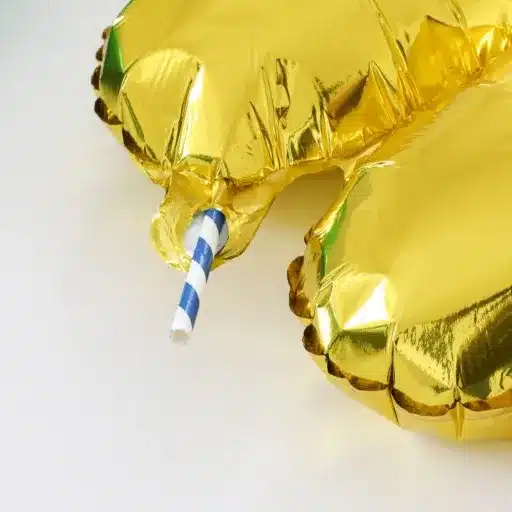
In my opinion, one of the top methods of reusing items in everyday life is to discover new and inventive uses for them. To illustrate, I usually use glass jars as storage containers or transform old fabric into cleaning rags that I can wash and use again. Although these actions seem small, they significantly contribute to waste reduction and eco-friendly living.
Decorative Uses for Reused Mylar Balloons
Party Banners and Garlands
Mylar balloons can be transformed into festive banners or garlands by cutting their surfaces into various shapes and tying them together. For instance, star- or heart-shaped cutouts from old balloons, making them vibrant decorative pieces, are very suitable for celebrations like birthdays and anniversaries.
Table Runners and Centerpieces
Flattend and cleaned Mylar balloons can be sewn or fused together to form shiny table runners that attract everyone’s attention. Smaller parts can also be molded into unique or thematic centerpieces like flowers or geometric designs.
Gift Wrap and Accessories
Mylar’s sturdy, reflective surface is truly a great material for both wrapping gifts and making bows. This not only cuts down on wrapping paper but also gives a present a unique touch and luxurious feeling.
Craft Ideas Involving Foil Balloons
Foil Balloon Garlands
You can make striking garlands by connecting the deflated or shaped foil balloons together. According to the latest trends in crafts, garlands are the most preferred for birthdays and weddings where metallic colors like gold and silver are used. Just thread the balloons onto twine or fishing line, and you will have an elegant, lightweight decoration.
Customized Party Props
You can cut the deflated foil balloons with bright designs into different shapes and make props like photo booth accessories out of them. These glossy, light props not only help to create a cheerful atmosphere at the party but also help with recycling materials. According to a survey, more than 60% of the party planners have started using DIY decorations to give the events a personal touch.
Gift Wrapping Accents
Enliven or luxify gift wrapping by turning foil balloons into ribbons, bows, or shapes. Heart-shaped foil, for example, can be used to enhance the wrapping for romantic occasions. Foil wrapping is not only visually attractive but also strong and reusable.
Reference Sources
-
Balloons Online Blog
This blog discusses how foil balloons, including Mylar, are both recyclable and reusable. It provides tips on folding and storing deflated balloons for future use.
Source: Balloons Online Blog -
TikTok – The Allwright Life
A video offering practical tips for reusing Mylar balloons effectively. It emphasizes saving money and reducing waste through simple reuse techniques.
Source: TikTok – The Allwright Life -
Quora Discussion
A community discussion on how often Mylar balloons can be reused, highlighting that they can be refilled multiple times as long as they remain intact.
Source: Quora
Frequently Asked Questions (FAQs)
How to Refill Mylar Balloons?
Refilling Mylar balloons can be done by pressing the balloon’s valve lightly and then using a straw to put in air or helium. The balloon must be puffed up completely but do not over-inflate it in order to keep its form and strength.
What Are the Best Ways to Reuse Mylar Balloons?
One of the ways to reuse Mylar balloons is to let the air out of them after the party and store them in the right way. For another party or event, you can fill them again by sealing the valve of the balloon with a heat sealer after refilling.
Can Foil Balloons Be Refilled Multiple Times?
Absolutely! Foil balloons can be refilled unlimited times as long as they are in good condition and can hold either helium or air and then be reused for different festivities.
How Should You Store Mylar Balloons for Future Use?
To store Mylar balloons for future use, you have to do it gently by either folding or rolling them to avoid creasing and then keeping them in a cool, dry place. Do not let them come in contact with heat or direct sunlight, as this may lead to flawedness or damage.
Do Mylar Balloons Require Special Care When Reusing?
Mylar balloons do require special care during the reusing process, and that is handling them very gently. It is important to do a very careful cleaning after deflation and keep the metallic finish so that they look great for the next use.
What Happens When Mylar Balloons Deflate?
Mylar balloons loosing their shape is the very first thing that happens when they deflate and they become less capable of holding helium. But they can still be reused by being gently reinflated with air or helium provided that they have not been damaged.
Key Takeaway
By following these simple steps and creative ideas, you can significantly extend the life of your Mylar balloons, reduce environmental waste, and save money on party decorations. Remember to deflate carefully, store properly, and let your creativity shine when finding new uses for these versatile materials!

